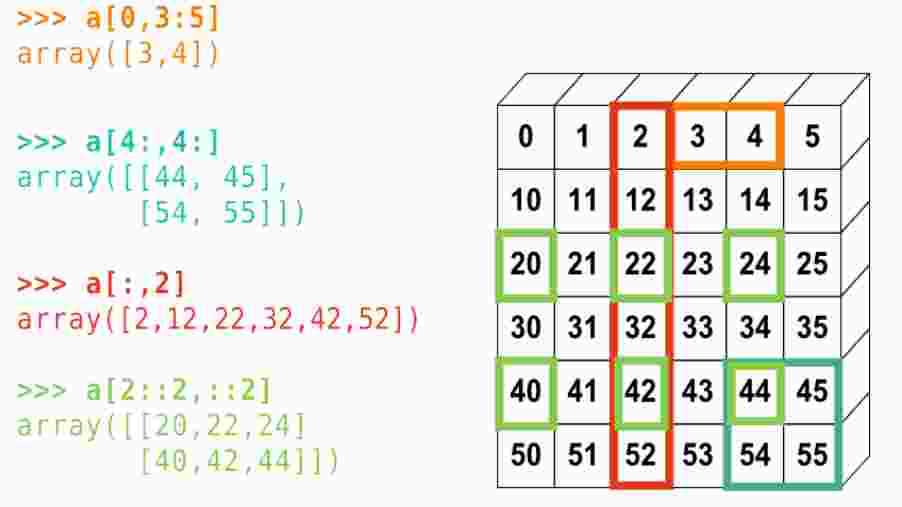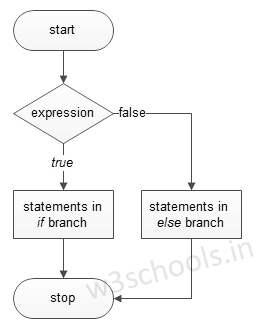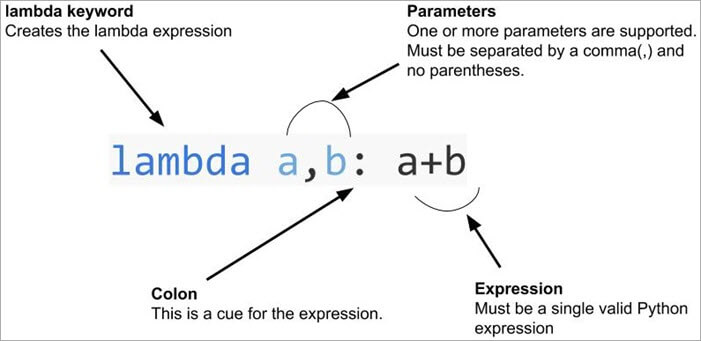What is a Python generator type?
What is a Python generator type?

A Python generator is a special type of iterable object that produces a sequence of results using a generator function. Generators are useful when you need to process large datasets or streams of data, as they can help reduce memory usage and improve performance.

A generator is created by defining a generator function, which is a special type of function that uses the yield keyword instead of the traditional return statement. When a generator function is called, it returns an iterator object that can be used to iterate over the sequence of results produced by the generator.
Here's an example of a simple generator function:
def my_generator(x):
for i in range(x):
yield i
To use this generator, you would call it like a normal function and then iterate over the results using a for loop or other iteration methods. For example:
g = my_generator(5)
for x in g:
print(x)
This would output the numbers 0 through 4.
Generators are useful for several reasons:
Memory efficiency: Generators can help reduce memory usage by producing results one at a time, rather than loading an entire dataset into memory. Performance: Generators can improve performance by avoiding the need to create intermediate data structures or load large datasets into memory. Flexibility: Generators can be used with various iteration methods, such asfor loops or list comprehensions.
Some common use cases for generators include:
Processing large datasets: When working with extremely large datasets that don't fit in memory, generators can help process the data one chunk at a time. Streaming data: Generators are useful when processing streams of data, such as log files or network traffic, where you need to process each item individually. Creating iterators for complex logic: When you need to implement complex iteration logic that involves multiple steps or conditional statements, generators can help simplify the process.Some best practices for working with generators include:
Useyield instead of return: Remember that yield is used to produce a result, whereas return is used to exit the generator. Be mindful of performance: Generators can be slow if they're not optimized correctly. Make sure to use profiling tools and optimize your code accordingly. Test thoroughly: Test your generators thoroughly to ensure that they produce the correct results and handle edge cases correctly.
In summary, Python generators are a powerful tool for processing sequences of data in a memory-efficient and flexible way. By understanding how generators work and using them effectively, you can write more efficient and scalable code.
Generator object Python
Here is the response:
The generator class in Python is a simple iterator that can be used to generate and yield values. A generator function, as its name suggests, returns an iterable sequence of results over which you can iterate.
In order to create a generator class in Python, you need to define a class with a __getitem__ method that handles the iteration over the objects yielded by the yield statement.
Here is an example of how to do this:
class MyGenerator:
def init(self):
self.current = 0
def iter(self):
return self
def next(self):
if self.current < 5: # You can replace with whatever condition you want
self.current += 1
yield self.current # This is where the magic happens!
else:
raise StopIteration
Create an instance of MyGenerator
my_generator = MyGenerator()
for num in my_generator:
print(num)
In this example, MyGenerator class is defined with a constructor that initializes the current number to 0. The __iter__ method returns the object itself (self), and the __next__ method handles the iteration.
Inside the __next__ method, it checks if the current number is less than 5 (you can replace this condition with whatever you want). If true, it increments the current number and yields that value using the yield statement. This is how you generate the sequence of numbers in Python.
If the condition becomes false (self.current >= 5), then it raises a StopIteration exception, which means there are no more elements to iterate over, and the iteration should stop.
To test this code, create an instance of MyGenerator, and use a for loop to iterate over the generator. In this example, the output will be:
1
2
3
4
5
This is just one simple way to generate numbers using a Python class. There are many other ways you could do it, such as using a list comprehension, or with a for loop.
Some use cases for generators include:
Processing large datasets: Generators can be used to process large datasets without loading everything into memory at once. Creating iterators: Generators can be used to create custom iterators for complex data structures. Handling infinite sequences: Generators are particularly useful when working with infinite sequences, because they allow you to generate the next item in the sequence only as needed.In summary, generators in Python provide a way to create custom iterators that can be used to iterate over objects. They have many use cases and can help make your code more efficient, readable and maintainable.
Hope this helps! Let me know if you have any further questions.





























